Elliott House
Introduction
Text-to-speech Audio
Images
Elliott House

Front hall
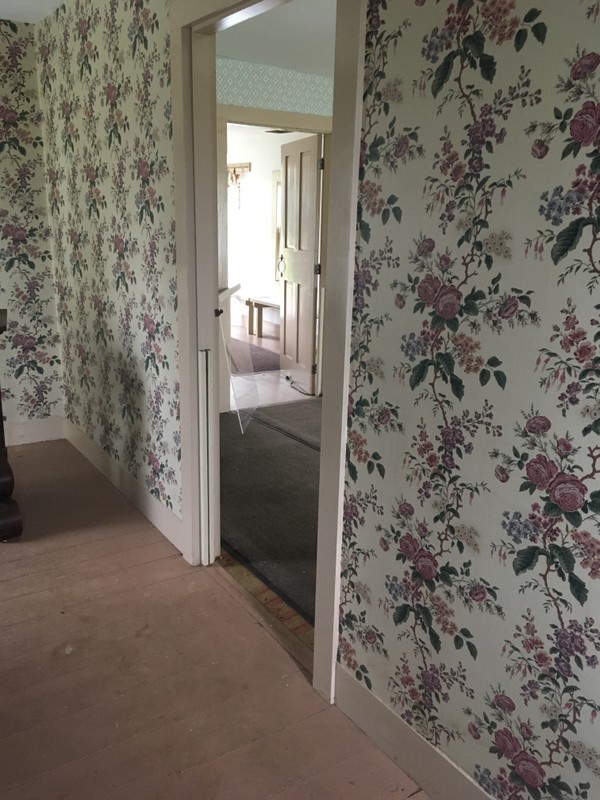
Fireplace with footwarmers and fire bucket
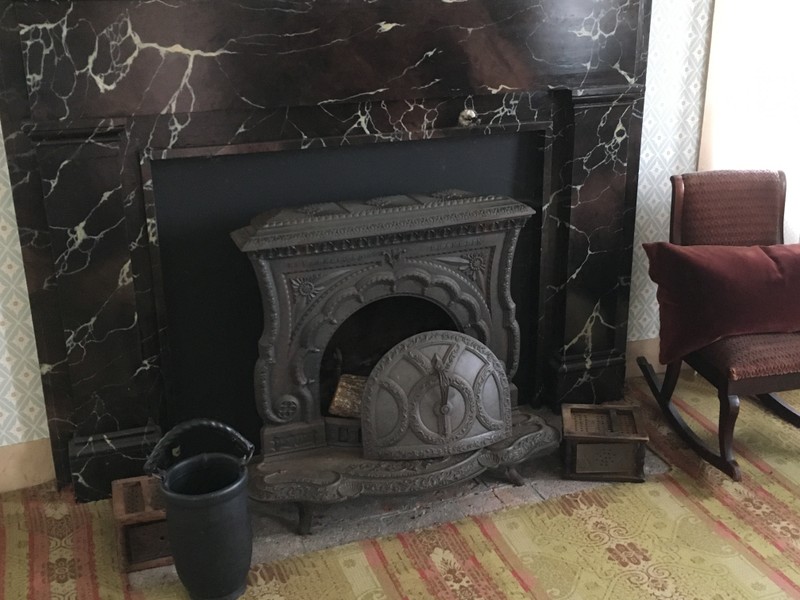
Step Stove
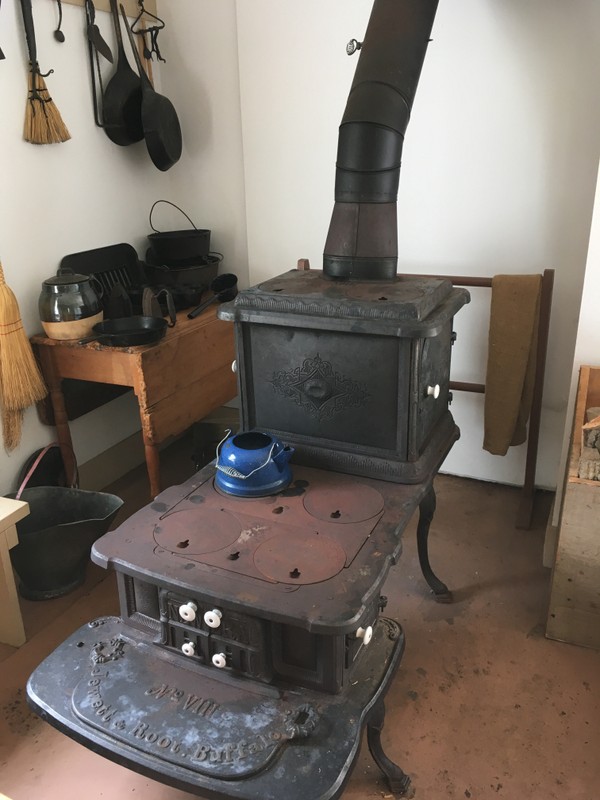
Dry sink
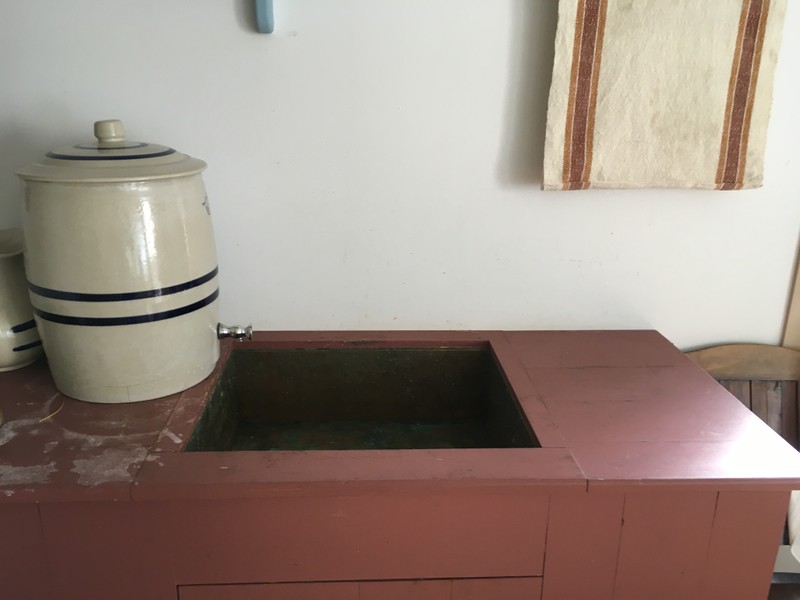
Kitchen garden
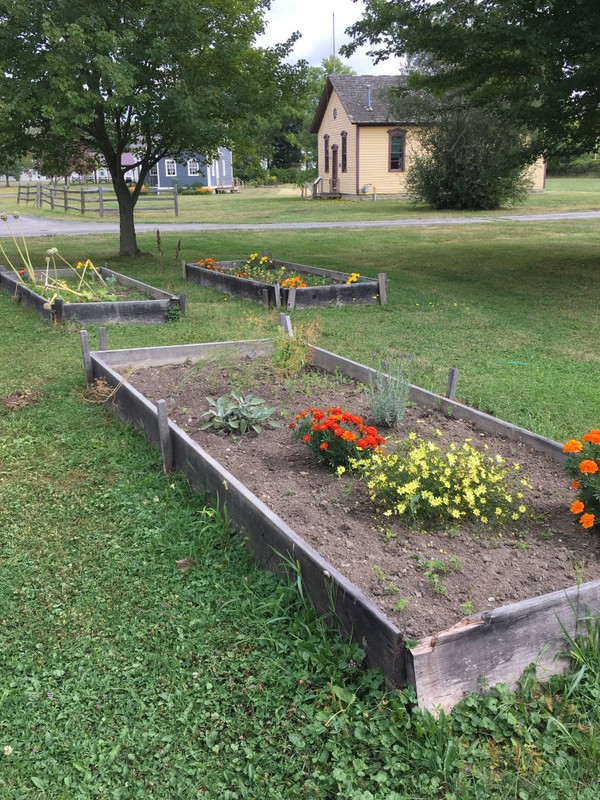
Drying herbs and vegetables
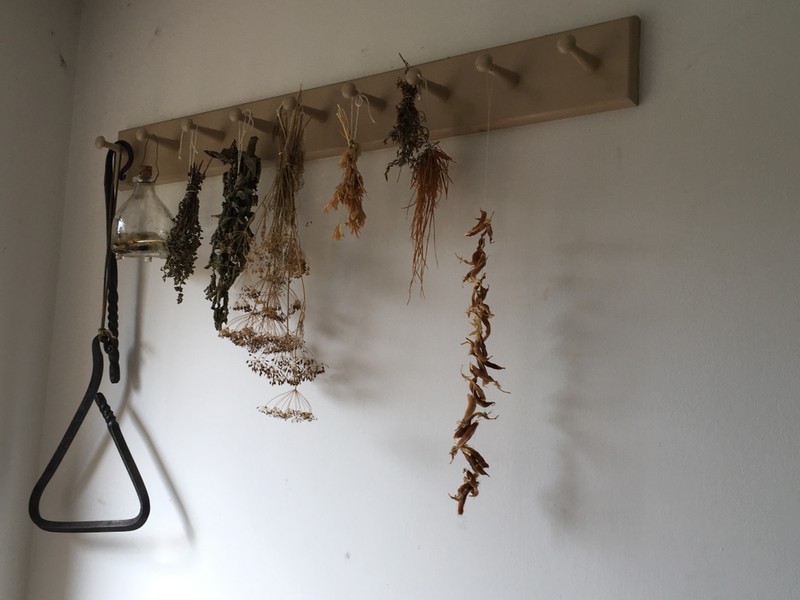
Root cellar
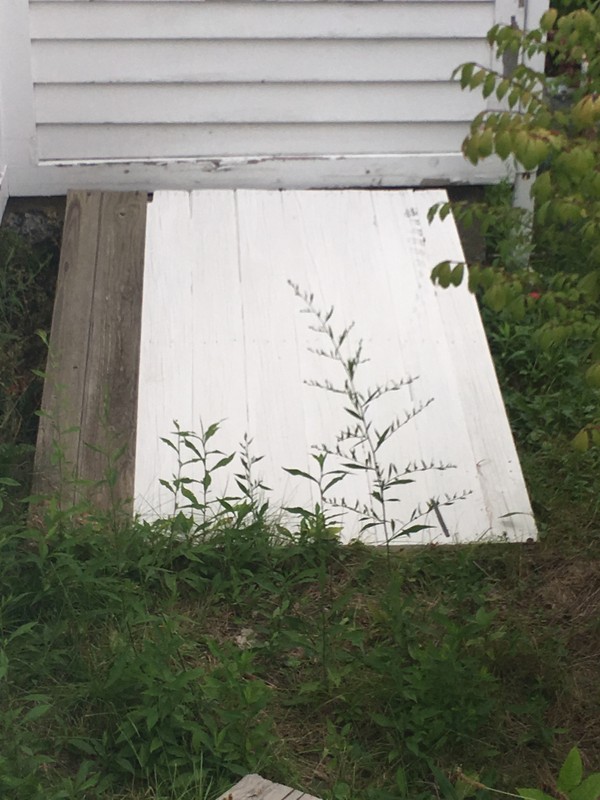
Outhouse
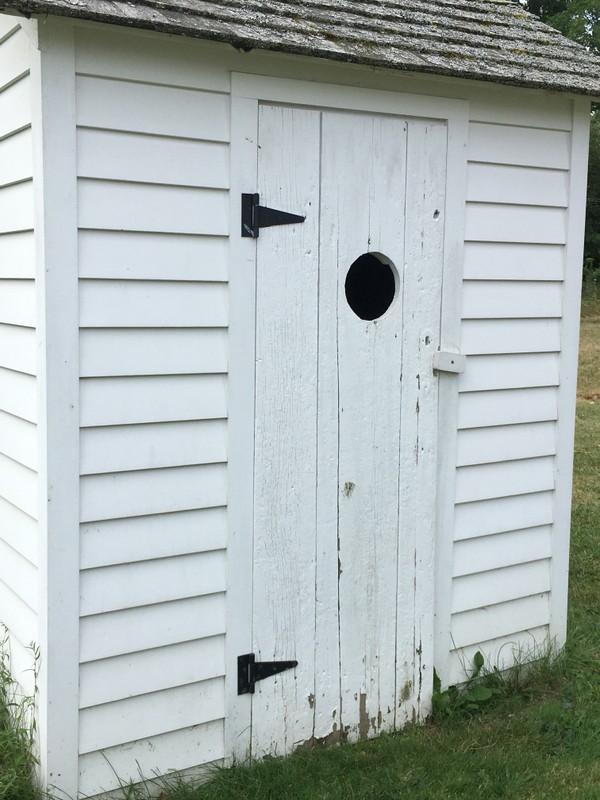
Backstory and Context
Text-to-speech Audio
Building Architecture:
The house is a modest structure of plank construction, which was valued at $700.00. The basic wall structure consists of random width vertical planks nailed to a sill or horizontal board at the base of the wall and then nailed to another horizontal plank at the top of the wall. There's no joinery or other reinforcement used where the walls meet at the corners. The seams between each board were sometimes covered with narrow wood strips, called battens. The Greek Revival styled doorway has reproduction leaded glass sidelights which were made by the Frohe Art Glass Company.
Family History:
The house was occupied by plough maker George W. Elliott, his wife, Amy, two daughters, Sara (13 yrs.) and Mary (11 yrs)., and son, Andrew (15 yrs.) until 1855.
Mr. Elliott was originally from Maine.
The 1855 Census stated that Mr. Elliott was 47 years old at that time and listed as a “plough maker” and a “land owner”. His wife, Amy, was 43 years old.
The Elliott family lived in the house until 1855 when it was sold to Elliott’s creditors and purchased at auction by John Koch and John Blocher.
-It seemed that Mr. Elliott had “difficulty” keeping up with the payments, so to speak, as evidenced by its being sold in the end to creditors.
Key Building Features:
Front Hall Entrance:
Upon entering the front hall, the first thing one may notice is the reproduction flowered wallpaper which is period appropriate. Looking down, one may also note the original floorboards.
Parlor:
Turning to the right, you will enter the parlor which is carpeted with a Venetian flat woven wall to wall carpet, common in the 1850s. There is a fireplace with a marbleized mantle. At the base of the mantle are two foot warmers and next to the mantle is a leather water bucket. This was always close by in case of a fire. All of the furniture in the parlor are period pieces in the Empire Style which was popular between 1840-1860. Since the Elliotts lived in the Village of Williamsville, they would undoubtedly have more visitors than the more rural houses. Therefore their decorations and furniture were seemingly made to impress.
Kitchen:
The kitchen area was remodeled in 1997 to appear as it is today. The re-created kitchen wing contains the replica 1850 step-stove which was cast from the original mold at Jewett & Root of Buffalo, New York and is currently used for cooking demonstrations. Today's stoves/ovens have buttons and dials that we use to set the temperature, but what about this 1850s stove? The Elliott House step-stove was run on wood and it was the children's responsibility to make sure that the wood box next to the stove was full. Once a fire was started, Mrs. Elliott would use the hand test to determine if the stove was at the right temperature for the item she was cooking/baking. She would open to door to the oven portion of the stove and stick her hand inside. She would gauge the proper temperature based on how long she could keep her hand inside.
Nearby, you will also notice the sink. This is called a dry sink since there was no indoor plumbing. Either Mrs. Elliott or her children would have to bring in several buckets of water daily from the nearby well in order to fill the sink for washing.
One will also notice several wrought iron kitchen utensils hanging on the wall. Perhaps some were made by the village Blacksmith.
Outside the Elliott House there is a kitchen garden. Kitchen gardens were very important to settlers. Even if they were not making a living by farming, a small plot would have been outside the kitchen door to have access to fruits, vegetables, flowers and herbs which were a part of daily life. A variety of techniques were used to preserve food through the winter. These methods included drying, pickling, fermenting, making jams and jellies, salting, brewing and canning. Freezing food was known in cold climates but was not perfected. Many homes had root cellars to hold food below ground where the temperature was cool but did not freeze. "A root cellar is a structure, usually underground or partially underground, used for storage of vegetables, fruits, nuts, or other foods. Its name reflects the traditional focus on root crops stored in an underground cellar, which is still often true, although a wide variety of foods can potentially be stored, for weeks to months, depending on the crop and the conditions, and the structure may not always be underground."
Sources
Buffalo Niagara Heritage Village Docent Manuel
Accessed August 27th 2020. https://en.wikipedia.org/wiki/Root_cellar#cite_note-Bubel_1991-1.
Buffalo Niagara Heritage Village
Buffalo Niagara Heritage Village
Buffalo Niagara Heritage Village
Buffalo Niagara Heritage Village
Buffalo Niagara Heritage Village
Buffalo Niagara Heritage Village
Buffalo Niagara Heritage Village
Buffalo Niagara Heritage Village
Buffalo Niagara Heritage Village
